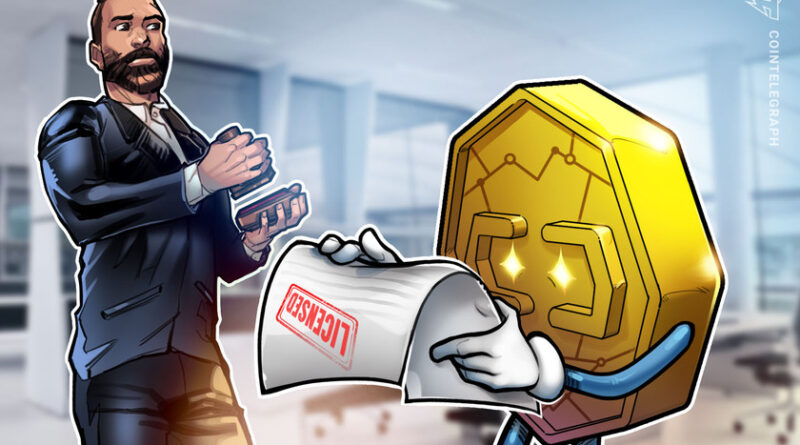Bitstamp gets a crypto license from the Bank of Spain
The EU-based exchange became the 46th crypto business to obtain a permit to offer virtual currency exchange services for fiat currency in the country.
Crypto exchange Bitstamp reported obtaining a license for operations with crypto in Spain. It marks approval in yet another European jurisdiction for an exchange, which has been focusing on the European Union market since its launch in 2011.
The company revealed the news about its Spanish license on Nov. 17. The approval from the Bank of Spain lets Bitstamp’s local subsidiary offer digital currency exchange services for fiat currency and electronic wallet custody services to Spanish users. Bitstamp became the 46th virtual asset provider to receive a license in Spain, following the likes of Binance and Bitpanda.
Spain has recently demonstrated a moderate approach to crypto regulation, which goes hand in hand with a high pace of adoption in the country. In January, the local financial regulator Comisión Nacional del Mercado de Valores (CNMV) announced a set of rules for crypto-asset investments advertising, demanding them to be “clear, balanced and fair.”
Related: Head of Bitstamp’s European arm becomes latest CEO of global crypto exchange
By this fall, the country became home to the third-largest network of Bitcoin (BTC) and cryptocurrency ATMs after the United States and Canada. It currently hosts 215 crypto ATMs, pushing El Salvador — with 212 — down to the fourth position after surpassing the country by the ATMs.
In September, the multinational telecom company based in Madrid, Telefonica, enabled payments with cryptocurrencies like Bitcoin and many others on its online tech marketplace called Tu. The firm integrated a crypto payment feature provided by the Spanish crypto exchange Bit2Me to receive crypto in exchange for their tech products.
Bitstamp has been increasing compliance efforts in recent years. In April, it requested users to update the origin of cryptocurrencies stored on the platform for regulation purposes. The exchange provided an official list of examples of documents clarifying fiat-related sources of wealth of deposited funds, including salary and pension payslips, inheritance documents, payslips for savings, gifts, mining receipts and others.




